The iPhone’s Port Is Likely to Change Again (But That’s OK)
Apple has a history of changing up its ports across its devices. You can look to the different types of charging cables its used for its MacBooks over the years: You could note how the company dropped almost all of the ports in these notebooks, as well (before bringing many of them back for the latest MacBook Pros). However, it’s
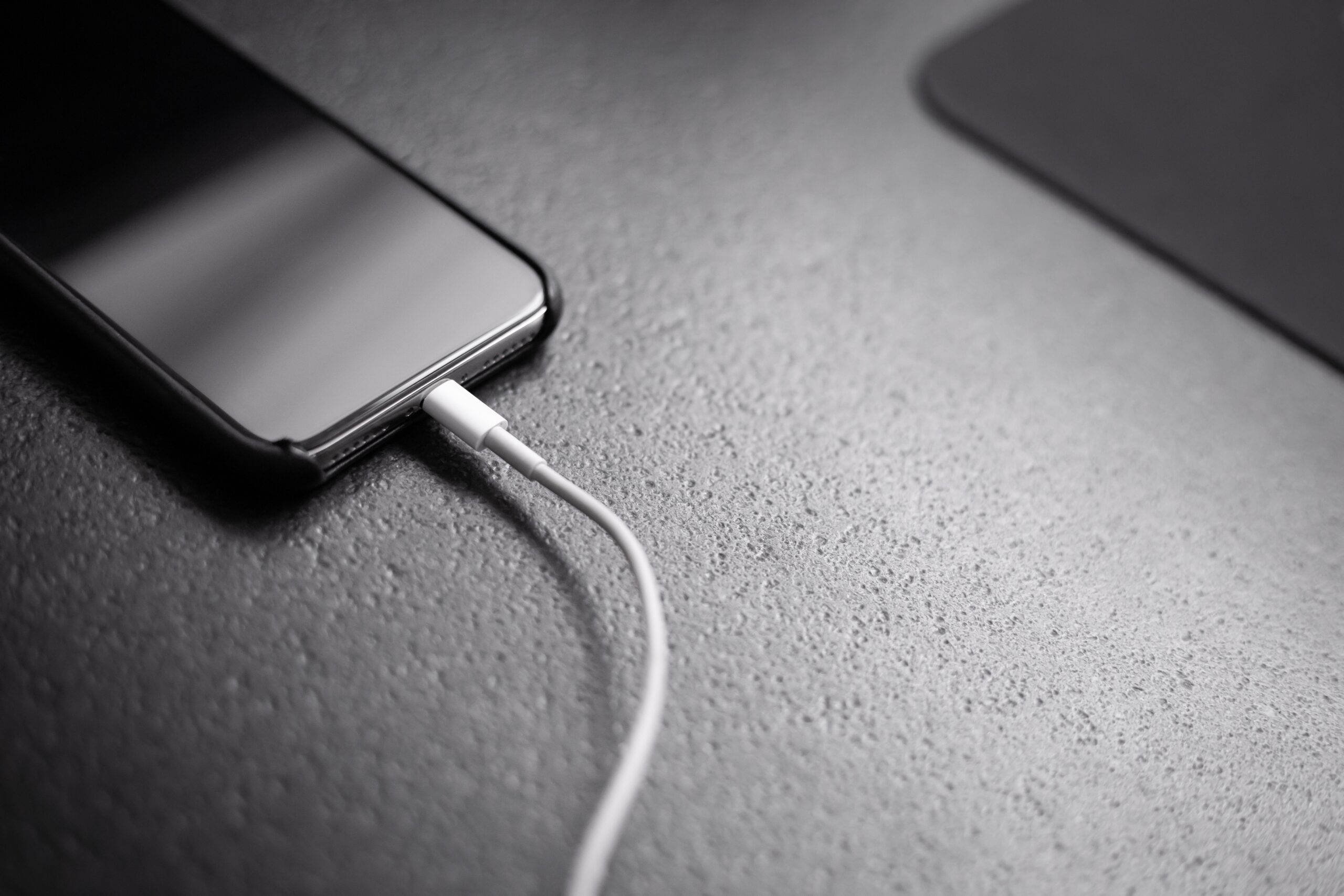
Apple has a history of changing up its ports across its devices. You can look to the different types of charging cables its used for its MacBooks over the years: You could note how the company dropped almost all of the ports in these notebooks, as well (before bringing many of them back for the latest MacBook Pros). However, it’s the iPhone’s port that was possibly the most disruptive.
The iPhone used to have a different port
When Apple first introduced the iPhone, it shipped with a 30-pin port at the bottom of the device, the same port you’d find on its iPods. This port remained the same for years, including as the iPhone became more and more popular. By the iPhone 4S, the device was in a lot of hands: Many users were also iPod owners, meaning there were plenty of charging cables to go around. You could use your iPod’s charger for your iPhone, and vice versa, without issue.
Apple introduced the Lightning port
However, things changed in 2012 with the introduction of the iPhone 5: For this iPhone, Apple ditched the 30-pin connection in favor of a new proprietary port, dubbed “Lightning.” Lightning, as many of us know it today, is a sleek, 8-pin cable, that isn’t compatible with many products other than Apple, or Apple-licensed devices. For a while, too, it was only an iPhone-port.
The transition was less than smooth. Those who picked up an iPhone 5 were annoyed to find all of their existing peripherals useless: Any cables or devices that required a 30-pin connection to work were not compatible with Apple’s iPhone 5, unless, of course, you paid extra for an adapter. It was difficult to find the right charger for your device out in the wild, too, as most Apple people still had the old 30-pin plugs instead of the Lightning cable.
Eventually, Apple introduced Lightning to more of its devices. iPhones, iPads, iPods, and other Apple devices shared the port, which incentivised companies to make more Lightning-compatible products. Soon enough, stability returned to the Apple-charging ecosystem: One Lightning cable charged many of your Apple products, and it was likely you could find a Lightning cable out and about should you need to charge up.
Lightning may be on its way out
Now, Apple is looking like it’ll have to change its port once again, this time from an outside push: Governments around the world are looking to force Apple to make its products all use the same, stanzdardized port, to avoid generating more e-waste than necessary. It’s easy to look at this move and worry about entering another fraught time for chargers, but this move won’t be as disruptive as you think.
The port governments are looking for Apple to replace Lightning with its USB-C, and standard across most tech these days. Apple even uses it in many of its own products, including all of its current Macs, and most iPads. Chances are, you have devices that use USB-C, which means a USB-C iPhone would be able to take advantage of those same charging cables without issue.
Many of us in the tech community have been wanting to see a USB-C iPhone for a while now. Perhaps soon we will get our wish.
Share This
More Articles

Jul. 23, 2024
Watch Out for Wire Transfer Fraud
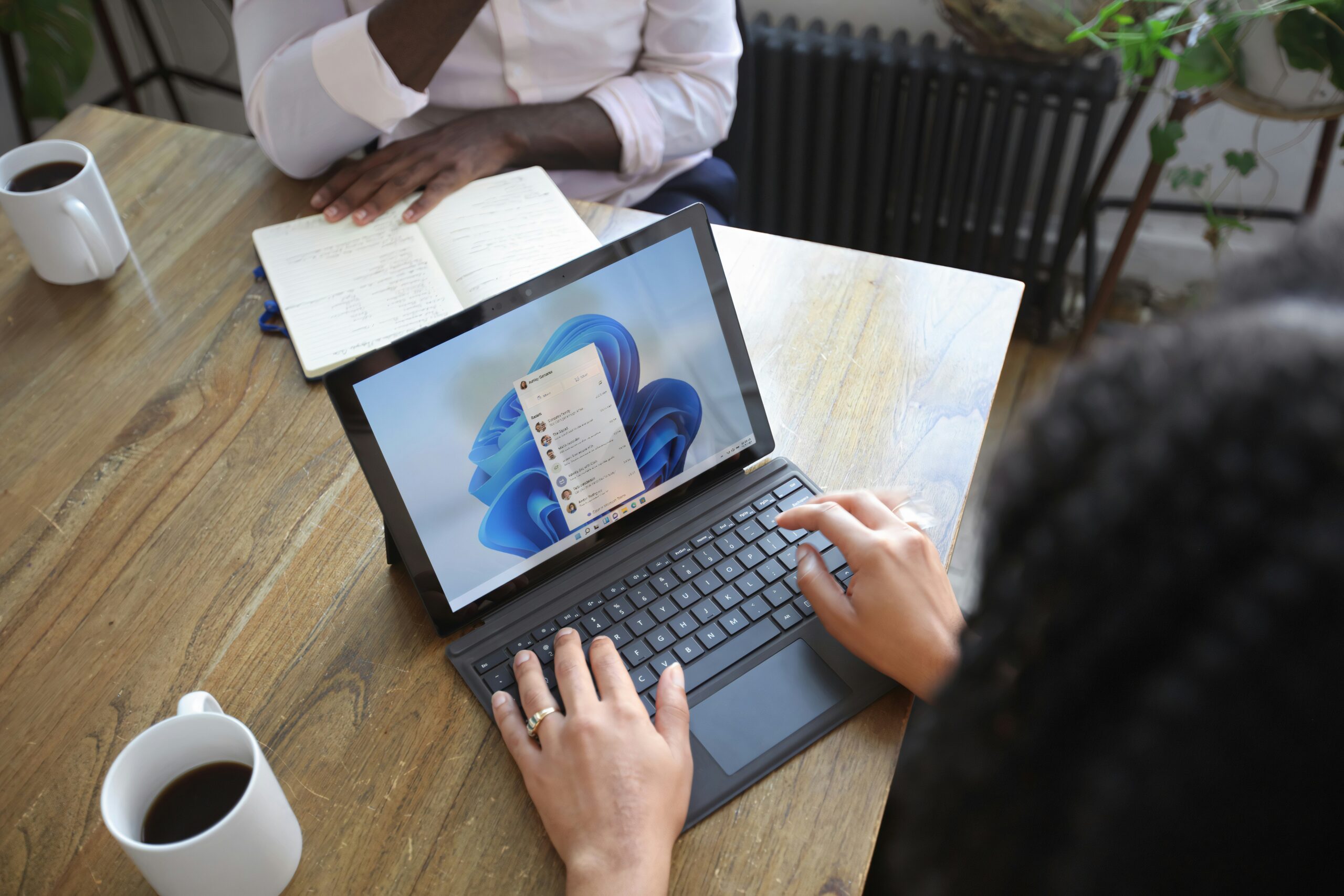
Jul. 23, 2024
What Are Business Email Compromises?
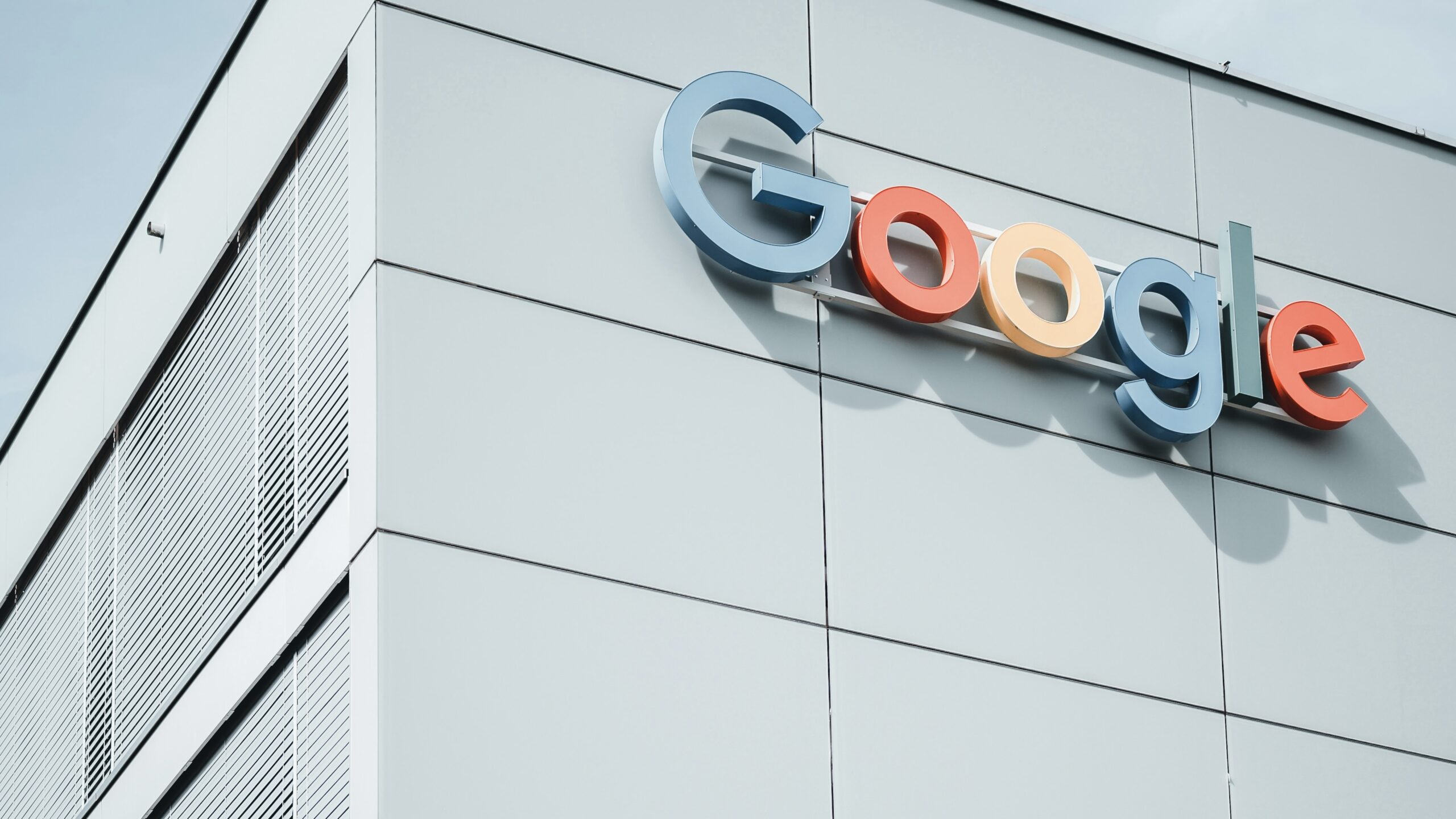
Jul. 16, 2024
Google Might Spend $23 Billion to Acquire a Cybersecurity Startup
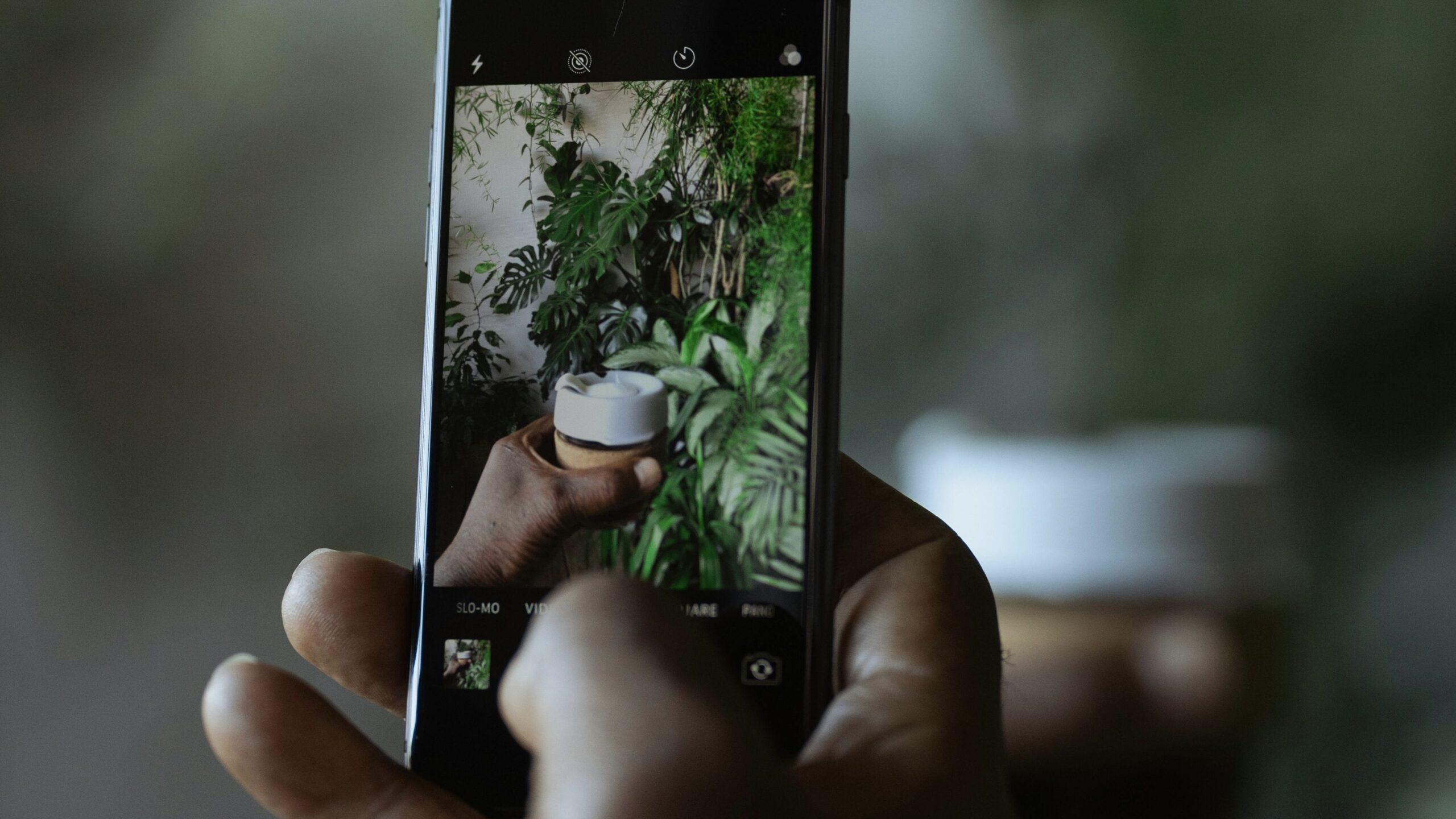
Jul. 16, 2024
Did You Know Your iPhone Can Identify Plants and Animals?
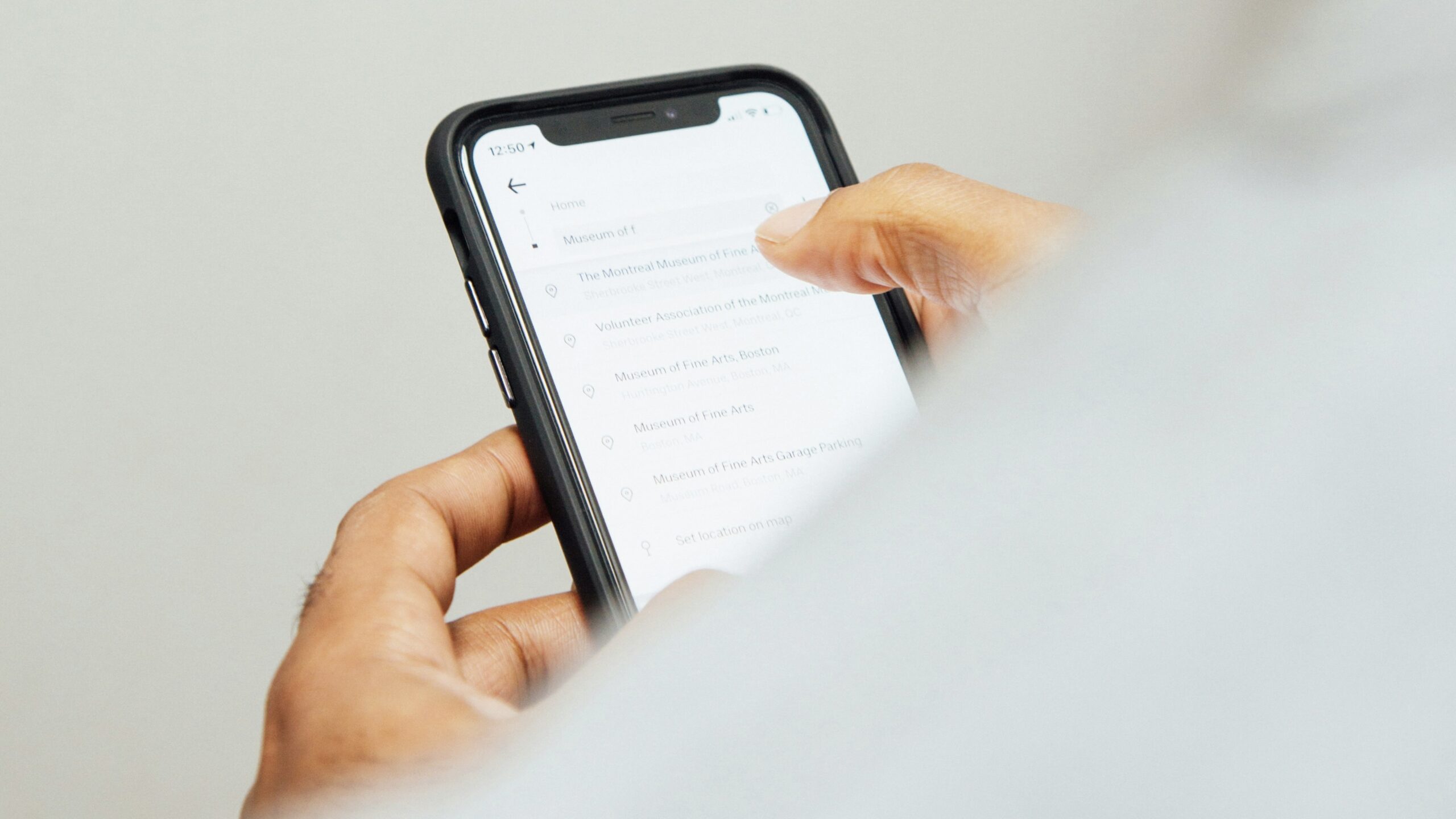
Jul. 08, 2024
Did You Know Your iPhone Can Read Things to You?
View All
